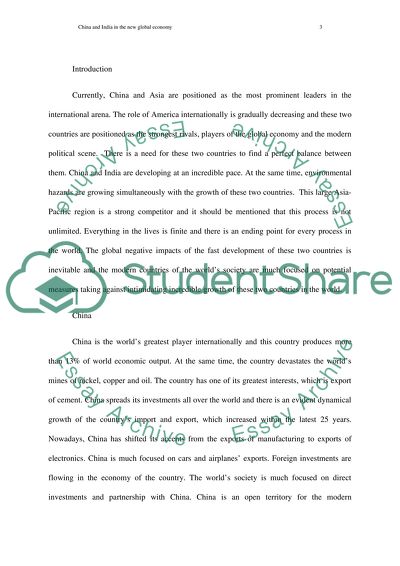Cite this document
(“China and India in the New Global Economy: Will Those Rising Countries Research Paper”, n.d.)
China and India in the New Global Economy: Will Those Rising Countries Research Paper. Retrieved from https://studentshare.org/macro-microeconomics/1447269-will-those-rising-countries-still-rise
China and India in the New Global Economy: Will Those Rising Countries Research Paper. Retrieved from https://studentshare.org/macro-microeconomics/1447269-will-those-rising-countries-still-rise
(China and India in the New Global Economy: Will Those Rising Countries Research Paper)
China and India in the New Global Economy: Will Those Rising Countries Research Paper. https://studentshare.org/macro-microeconomics/1447269-will-those-rising-countries-still-rise.
China and India in the New Global Economy: Will Those Rising Countries Research Paper. https://studentshare.org/macro-microeconomics/1447269-will-those-rising-countries-still-rise.
“China and India in the New Global Economy: Will Those Rising Countries Research Paper”, n.d. https://studentshare.org/macro-microeconomics/1447269-will-those-rising-countries-still-rise.


